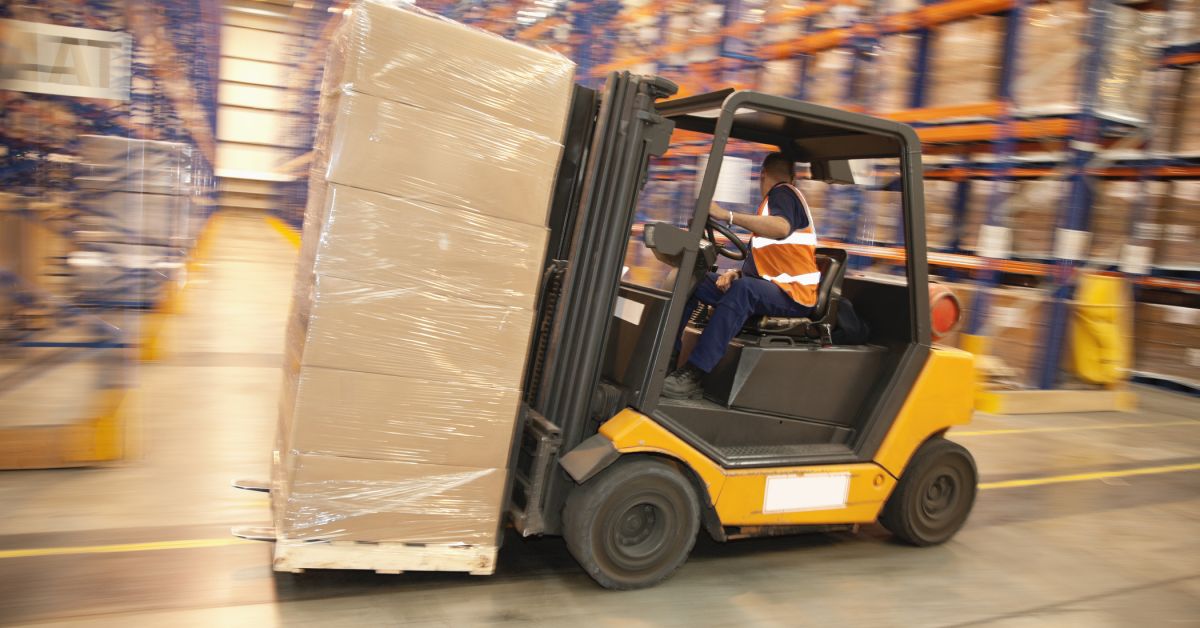
The government’s back to work plans still won’t make workplaces safe – here’s why
On Sunday night, 10 May 2020, the prime minister encouraged workers to start returning to work.
Although he meant workers who can’t work from home in industries that haven’t been closed, his words took unions and employers by surprise.
And they created real confusion and anxiety overnight, as workers wondered if they had to report for work in the morning.
Unions want to support a safe return to work. That’s how we will get on with rebuilding Britain.
We don’t take a view on the speed of the return to work – we’re not scientists. What we are expert in is how to keep working people safe at work.
The UK needs a safe and managed return to normal working. That means consulting properly with unions and employers on guidance, getting it out to firms, giving them time to implement it, making sure the right PPE is available, ensuring that our transport systems and schools are safe, and then announcing dates when people could safely return to work.
This process must be gradual, and it must be safe – but that’s not what has happened.
Why workplace safety matters
This stuff really matters, because the impact of this government’s failures on workplace safety has already been horrific.
According to TUC analysis of new figures released by the ONS this week, a male security worker is four times more likely to die of Covid-19 than the male average. A female hairdresser is over three times as likely to die than the female average.
The government has to take a tough new approach to keeping people safe at work to protect as many lives as possible.
Late last month, the business department consulted unions and employers on detailed back-to-work guidelines.
The first draft was poor – it misrepresented the existing law, left out key protections for vulnerable groups, and there was a blank space where the section on PPE should have been.
We demanded immediate and substantial changes to the guidance – and were clear that we could not support them as they stood. The government went quiet.
Fast forward to yesterday. After 24 hours of chaos and concern over the PM’s premature announcement and news that low-paid workers were disproportionately dying from coronavirus, the business department finally published their detailed guidelines.
And though they aren’t everything unions wanted, they are a step in the right direction.
Union pressure worked.
So what changed?
We said every employer should publish their risk assessment – and the government will encourage employers to do this.
We demanded more money for the Health and Safety Executive – and £14m has been allocated.
We raised real concerns about the language and tone of the guidance – and are glad to see it is now tougher, reminding employers of their responsibilities and not just asking them to “consider” taking action.
Social distancing has been reinstated as the key risk control measure, with only very few exceptions. And vulnerable workers will get the extra protection they need.
But the new detailed guidance still falls short. Covid-19 will pose a risk for months to come, so it’s vital that employers manage safe working properly.
Unions will keep up the pressure on government to improve the rules as more and more people go back to work.
What still needs to change?
First, there must be a legal requirement for employers to publish their risk assessment.
Everyone needs to be able to see what a firm is doing to keep their workers – and their customers and the wider community – safe. This works well for gender pay gap reporting, and it’s a great resource for proactive enforcement.
We need the government to get to grips with the PPE crisis. The priority is workers in health and social care but other workers may need forms of PPE too, depending on the risk assessment in their workplaces.
Getting the right rules is only half the battle
Now it’s for employers to comply with the new, transparent, risk assessment regime. They need to consult their unions and workforces and get union agreement to the actions they are taking to keep workers safe.
The UK’s 100,000 health and safety reps – experts in workplace hazards – are ready to make sure every employer complies, including providing advice and guidance in non-unionised workplaces.
And when employers get it wrong, we need strong and swift enforcement
|
Unions stand up for the workers in times of trouble Join a union |
The Health and Safety Executive got £14m extra funding yesterday. Unions want to make sure it’s used to proactively get out to the riskiest workplaces and crack down on rogue employers.
Both inspections and prosecutions have fallen by more than 80 per cent since 2001. The HSE must have the capacity to inspect and challenge every employer that breaks the rules, and prosecute those who neglect worker safety.
And it must be matched by local authority enforcement teams getting out to make sure shops and warehouses are safe.
Questions remain
We still have big questions about how we manage public transport safely – for passengers and transport workers.
The government’s rushed plans to reopen schools are deeply worrying for staff and parents alike. And we know that without childcare, going back to workplaces will be impossible for many.
Working people are rightly worried about how to protect themselves and their loved ones. We need a gradual, safe return to workplaces.
That’s how to build public confidence – and get the economy moving again.
Guidance for reps - return to safe workplaces
If your employer is asking colleagues to return to work outside home, they must make sure it’s done safely. A Covid-19 risk assessment is essential. But how do you know your employer's doing the right things?
Stay Updated
Want to hear about our latest news and blogs?
Sign up now to get it straight to your inbox
